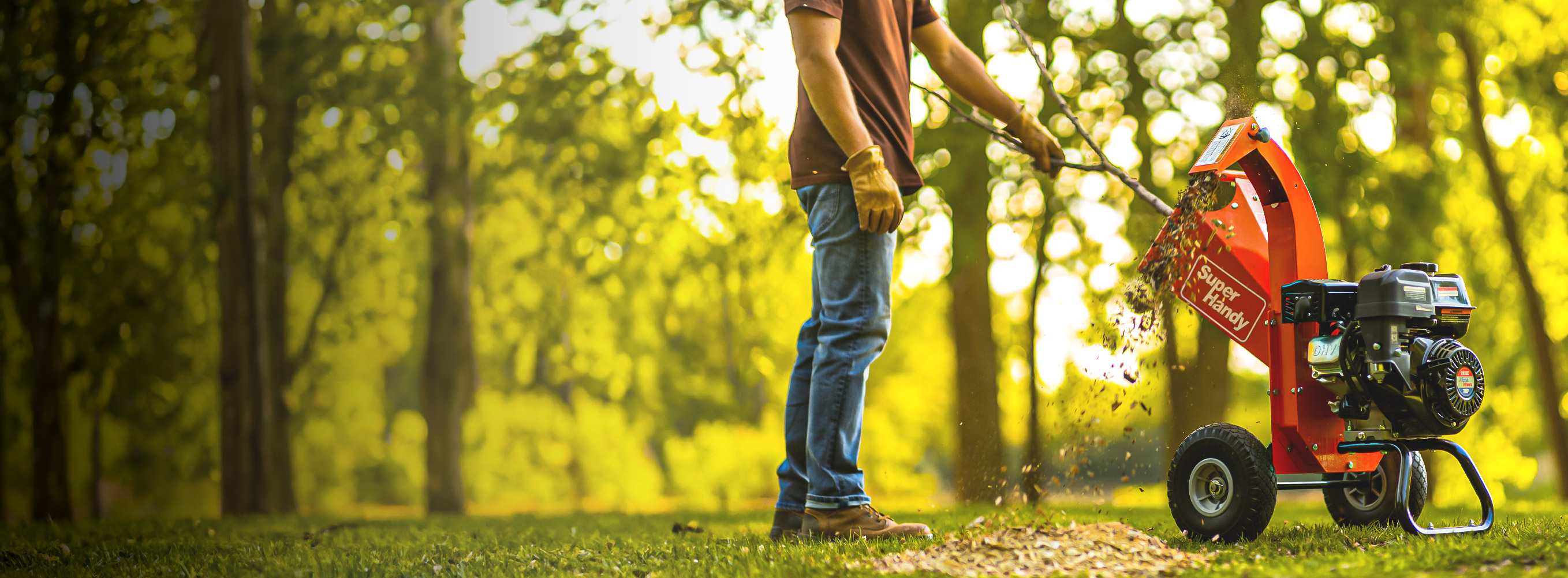
Taking care of your wood chipper is very important. Regular upkeep makes it safer, works better, and lasts longer. Sharpening blades helps them cut well and smoothly. Adjusting the clutch lowers the chance of accidents happening. Following the maker's maintenance plan avoids expensive repairs. With good tools and tips from Superhandy, you’ll handle maintenance like an expert.
Key Takeaways
-
Clean your wood chipper after using it to stop dirt and rust. Use a soft brush and rinse with water if needed.
-
Check your chipper for loose parts or damage before using it. Tighten loose bolts and replace broken parts to prevent problems.
-
Sharpen the blades often for better cutting. Dull blades can make the machine hot and waste fuel, so sharpen them every 8–10 hours of use.
Routine Cleaning and Inspection
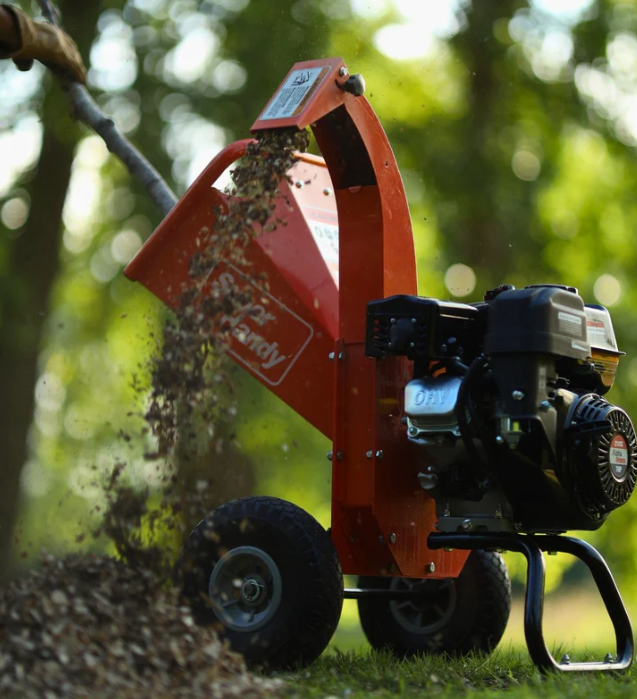
Cleaning debris from the exterior
Keeping your wood chipper clean is one of the easiest ways to protect your wood chipper and ensure it works smoothly. After each use, take a few minutes to remove dirt, sawdust, and wood chips from the exterior. Use a soft brush or cloth to wipe down the surfaces. Pay extra attention to areas around the blades and discharge chute, as debris tends to build up there. If you let dirt pile up, it can affect performance and even lead to rust over time.
Tip: A quick rinse with a garden hose can help remove stubborn debris, but make sure to dry the chipper thoroughly afterward to prevent moisture damage.
Inspecting for wear and loose parts
Regular inspections are key to chipper maintenance. Before you start using your machine, check for loose bolts, screws, or other parts. Tighten anything that seems out of place. Look for signs of wear, like cracks or frayed belts. These small checks can save you from bigger problems later. If you notice anything unusual, address it right away.
Note: Keeping a checklist handy can make inspections faster and more thorough.
Clearing blockages in the discharge chute
Blockages in the discharge chute can slow down your work and strain the machine. To protect your wood chipper, clear the chute after every use. Use a stick or tool to remove stuck wood chips or debris—never use your hands. Blockages can happen if the wood is too wet or if you overload the chipper. By keeping the chute clear, you’ll ensure smooth operation and avoid unnecessary wear on the machine.
Alert: Always turn off the chipper and disconnect the power source before clearing blockages for your safety.
Blade and Knife Care
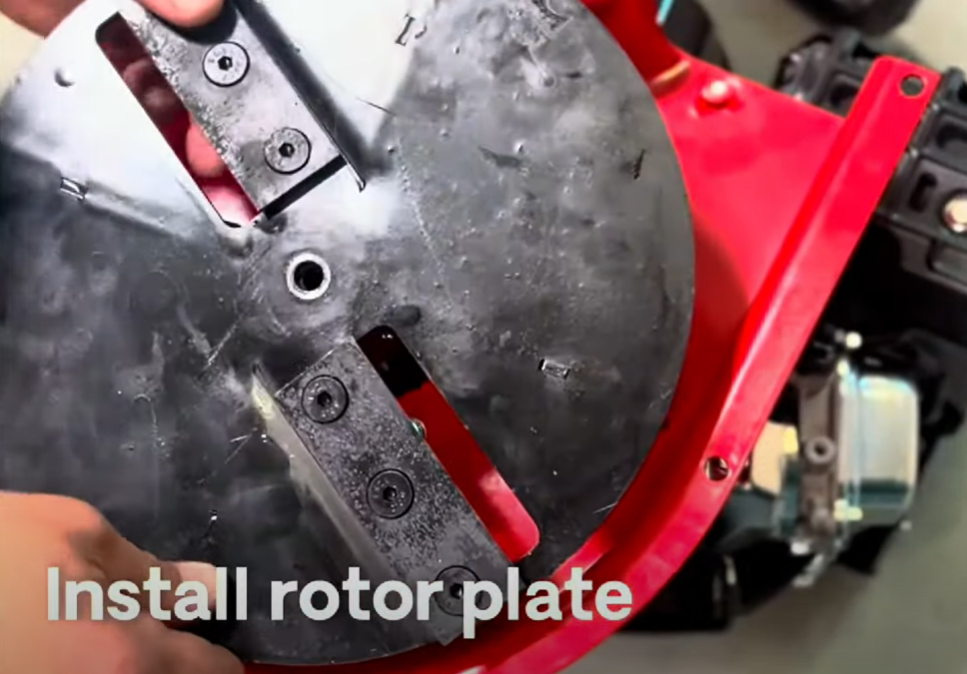
Keeping blades sharp
Sharp blades help your wood chipper work better and faster. Dull blades make the machine overheat and use more fuel. Check the blades after a few uses to see if they cut cleanly. If the cuts are rough or uneven, it’s time to sharpen them.
You can sharpen blades with a file or grinding tool. Always follow the maker’s instructions. If you’re unsure, take the blades to a professional. Sharpening often keeps your chipper working well and lasting longer.
Tip: Wear gloves and goggles when sharpening blades to stay safe.
Changing damaged or worn blades
Sometimes sharpening won’t fix the problem. If blades are cracked, chipped, or very worn, replace them. Damaged blades can slow work and be unsafe. Check the manual for the right blade type and how to replace them.
Replacing blades may seem hard, but it’s important. New blades keep the chipper running smoothly and prevent damage. They also make better wood chips, which is useful for landscaping or composting.
Note: Keep extra blades ready to save time when replacements are needed.
Aligning blades correctly
Proper blade alignment helps your chipper work efficiently and last longer. Misaligned blades cause uneven cuts and waste fuel. Follow these steps to align blades:
-
Measure the distance between the blade and anvil.
-
Adjust the blades as the manual suggests.
-
Tighten screws and bolts after adjusting.
Studies show that good alignment improves chip quality and saves fuel. Research also says misaligned blades can lower productivity by 50%. Aligning blades saves money and makes your chipper work better.
Did you know? Well-aligned blades make even chips, perfect for landscaping.
|
Factor |
How It Affects Performance |
|---|---|
|
Knife Wear |
|
|
Fuel Use |
Goes up with worn knives |
|
Chip Quality |
Changes with knife wear and screen type |
|
Tree Type |
Affects chip size and shape |
|
Screen Type |
Impacts speed and fuel use |
Taking time to align blades keeps your chipper running its best. It’s a small task with big benefits.
Lubrication and Greasing
Lubricating important parts
Lubricating your wood chipper’s moving parts is very important. Without lubrication, friction can damage parts and lower efficiency. Focus on areas like bearings, axles, and hinges. Apply lubricant after each use to keep these parts working well.
Tip: Clean parts before adding lubricant. Dirt mixed with grease can cause damage.
Picking the right lubricant
Not all lubricants work the same way. Using the wrong one can harm your chipper. Check your manual for the best type to use. Usually, heavy-duty grease or oil works best. Avoid household oils because they don’t protect the machine enough.
Did you know? Special lubricants reduce friction and help your chipper last longer.
Making a greasing routine
Regular greasing keeps your wood chipper running smoothly. A set schedule stops parts from drying out or breaking. Use this guide to stay organized:
|
Maintenance Task |
How Often |
|---|---|
|
Lubricate all moving parts |
|
|
Change the oil |
First after 8 hours, then every 50 hours |
|
Replace the air filter |
Every 25 hours |
|
Change blades and spark plug |
Once a year |
|
Clean the collection bag |
End of each season |
Following this plan keeps your chipper in great shape. It also saves money by avoiding big repairs.
Reminder: Use a calendar or phone alerts to follow your greasing schedule.
Engine and Fluid Maintenance
Checking and changing engine oil
Your wood chipper’s engine oil is like its lifeblood. It keeps the engine running smoothly by reducing friction and preventing overheating. Over time, though, oil gets dirty and loses its effectiveness. That’s why checking and changing the oil regularly is so important.
To check the oil, use the dipstick that comes with your chipper. Pull it out, wipe it clean, and dip it back in. If the oil level is low or looks dark and sludgy, it’s time for a change. Follow the manufacturer’s instructions for draining the old oil and adding fresh oil.
Did you know? The quality of your engine oil can directly impact the lifespan of your chipper. Studies show that monitoring oil condition instead of just following fixed schedules can extend oil replacement intervals and reduce maintenance costs.
Maintaining the air filter and spark plug
A clean air filter and a healthy spark plug are essential for your wood chipper’s performance. The air filter keeps dirt and debris from entering the engine, while the spark plug ignites the fuel to power the machine.
Check the air filter every 25 hours of use. If it looks clogged or dirty, replace it. A clogged filter can choke the engine and reduce efficiency. As for the spark plug, inspect it for wear or buildup. If it’s damaged or dirty, swap it out for a new one.
Tip: Keep a spare air filter and spark plug on hand. This way, you won’t have to pause your work if replacements are needed.
Using the correct fuel type
Using the right fuel is crucial for your wood chipper’s engine. Most chippers run on unleaded gasoline, but always double-check your manual to be sure. Avoid using old or contaminated fuel, as it can harm the engine.
If you’re storing your chipper for a while, add a fuel stabilizer to prevent the gas from breaking down. This simple step can save you from engine trouble when you’re ready to use the machine again.
Reminder: Never mix oil with gasoline unless your chipper specifically requires it. Using the wrong fuel type can cause serious damage.
Seasonal Adjustments and Storage
Getting ready for winter storage
Preparing your wood chipper for winter is very important. Cold weather can harm machines, but preparation helps a lot. First, clean the chipper well. Remove dirt, wood chips, and moisture to stop rust. Check the tire pressure because cold air lowers it. Adjust it to the right level.
Use winter engine oil that works better in cold weather. If your chipper uses hydraulic oil, ensure it’s clean and dry. Grease all moving parts to stop them from sticking. Keep your chipper indoors or cover it to protect it from snow. Take out the battery and store it in a dry place to avoid damage.
Clean the chipper to remove dirt and moisture.
Check and fix tire pressure.
Use winter oil and clean hydraulic oil.
Grease all moving parts.
Store indoors or cover the chipper.
Remove and store the battery safely.
Stopping rust and corrosion
Rust can ruin your wood chipper over time. To stop this, dry the machine after cleaning it. Spray metal parts with rust-preventive spray, especially in wet or snowy areas. Check for rust often and fix it quickly with rust remover. Keeping your chipper in a dry place helps prevent corrosion.
Tip: Use a dehumidifier in storage to lower moisture and protect your chipper.
Changing for seasonal use
Your wood chipper needs changes for different seasons. In winter, use a fuel stabilizer and winter oil to help the engine start. In spring and summer, switch back to regular oil and check if the blades are sharp. These seasonal changes keep your chipper working well all year.
Did you know? Seasonal care improves performance and makes your chipper last longer.
Looking after your wood chipper is simple and important. Regular care keeps it safe, works well, and always ready. Cleaning, sharpening blades, and checking the engine all help. Seasonal care also keeps it in top shape. For trusted tools and helpful tips, Superhandy supports you all the way.
FAQ
How often should I sharpen the blades on my wood chipper?
Sharpen the blades every 8–10 hours of use. Also, sharpen them if cuts look uneven. Sharp blades help the chipper work better and avoid strain.
Tip: Keep extra blades ready to save time during sharpening.
Can I use any type of oil for my wood chipper?
No, only use the oil listed in your chipper’s manual. Wrong oil can damage the engine and shorten its life.
Reminder: Check oil levels before each use to protect the engine.
What’s the best way to store my wood chipper during the off-season?
Clean the chipper well and grease all moving parts. Store it in a dry place with a cover. Take out the battery and spray metal parts to stop rust.
Did you know? Good storage can make your chipper last longer.


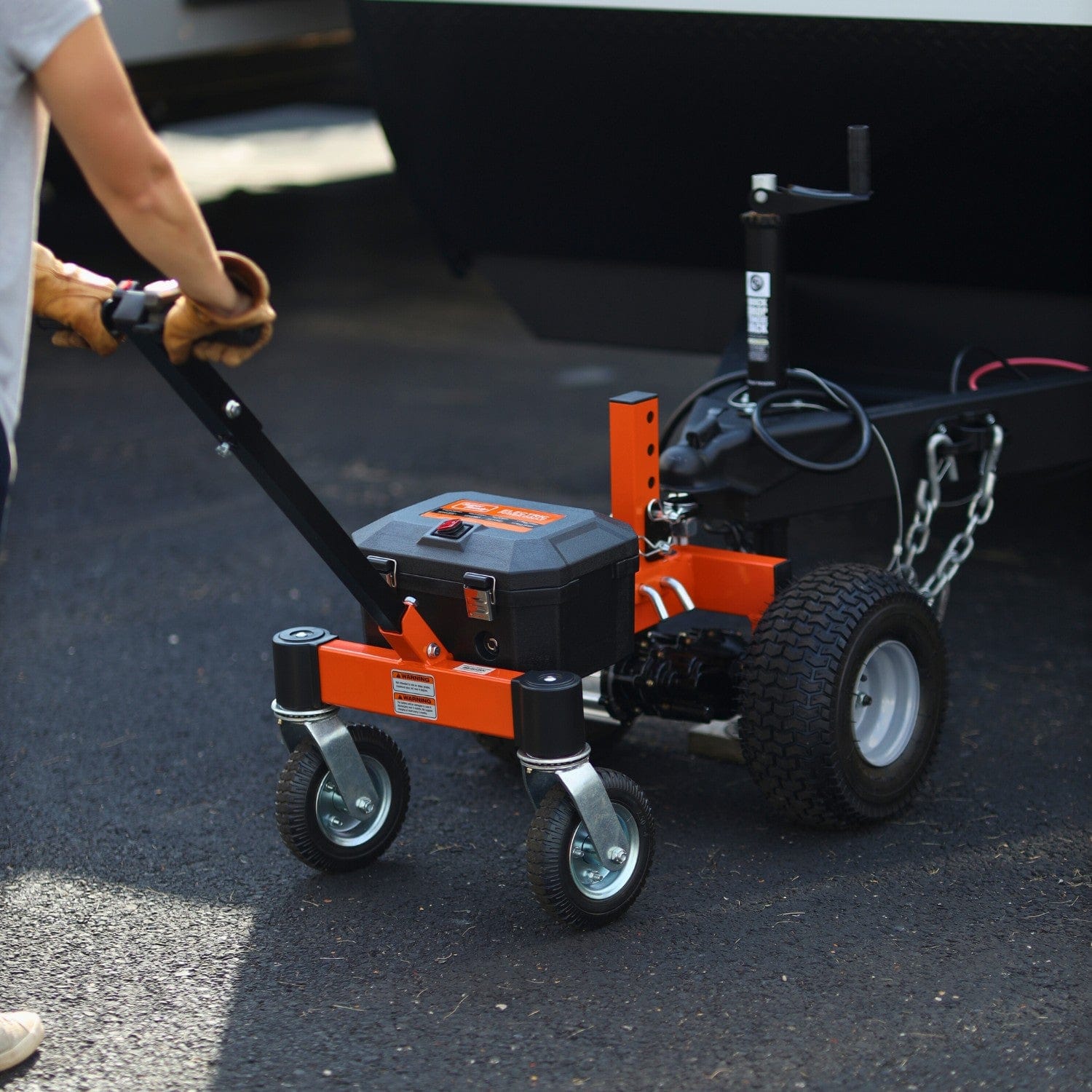
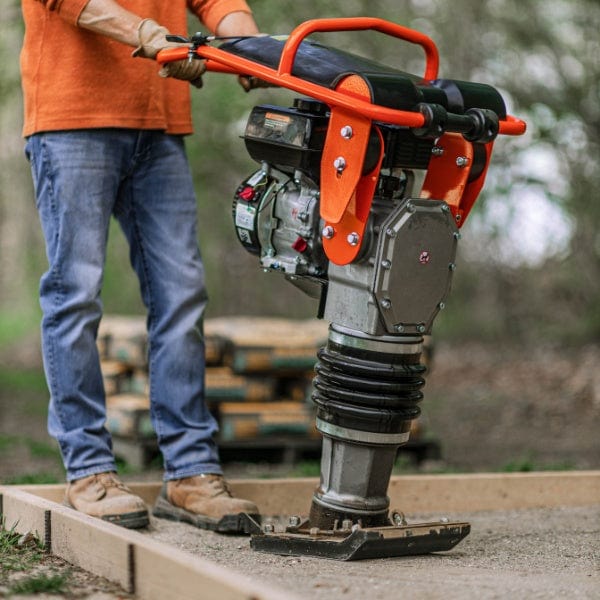
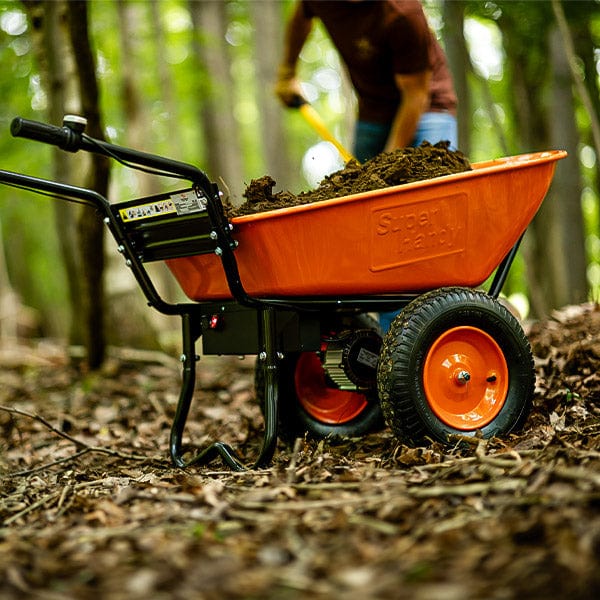


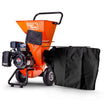
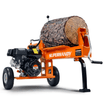
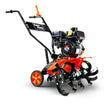
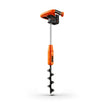
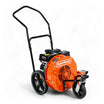
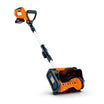
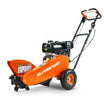
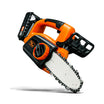

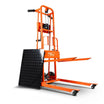
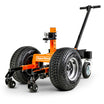
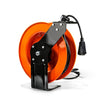
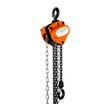


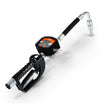
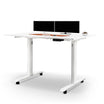
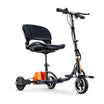
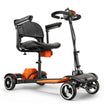
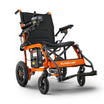


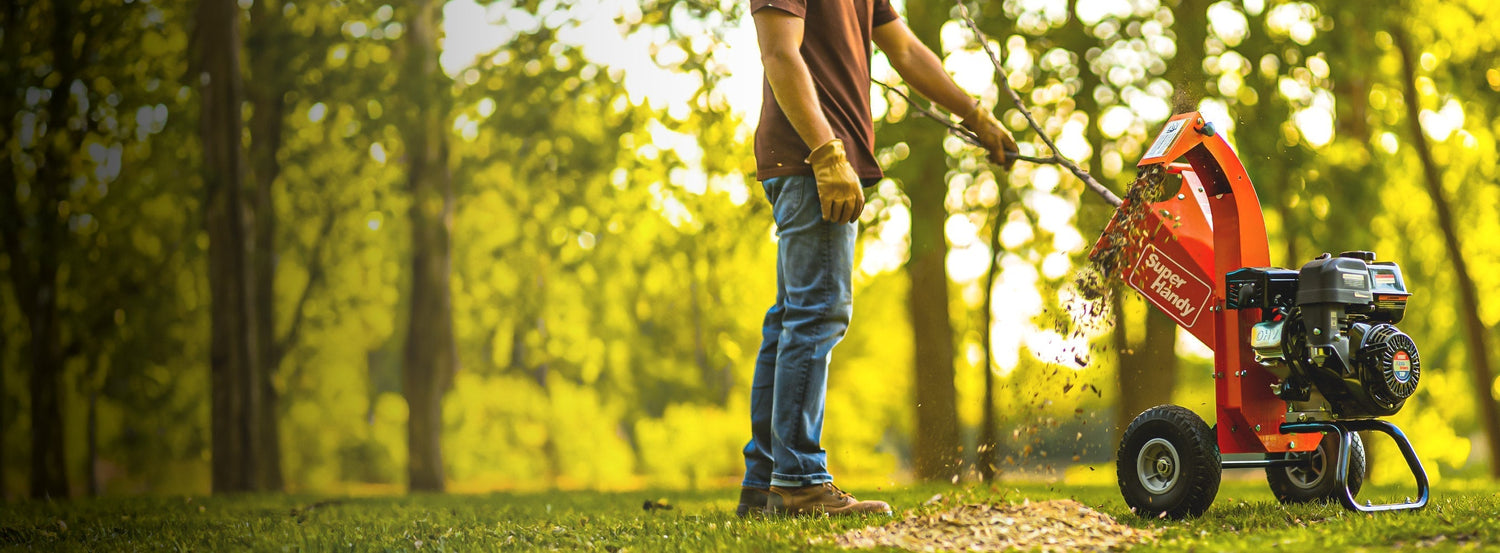
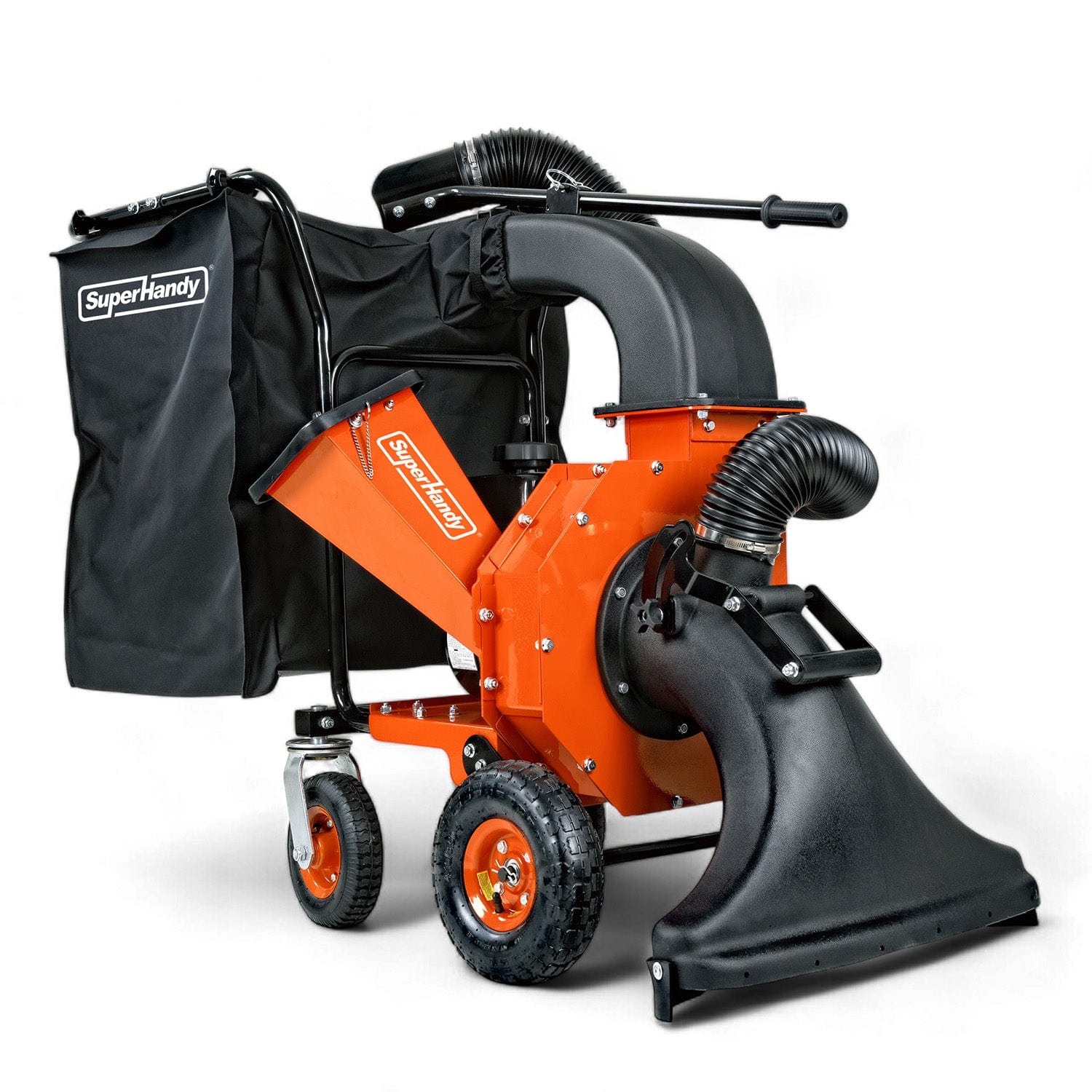
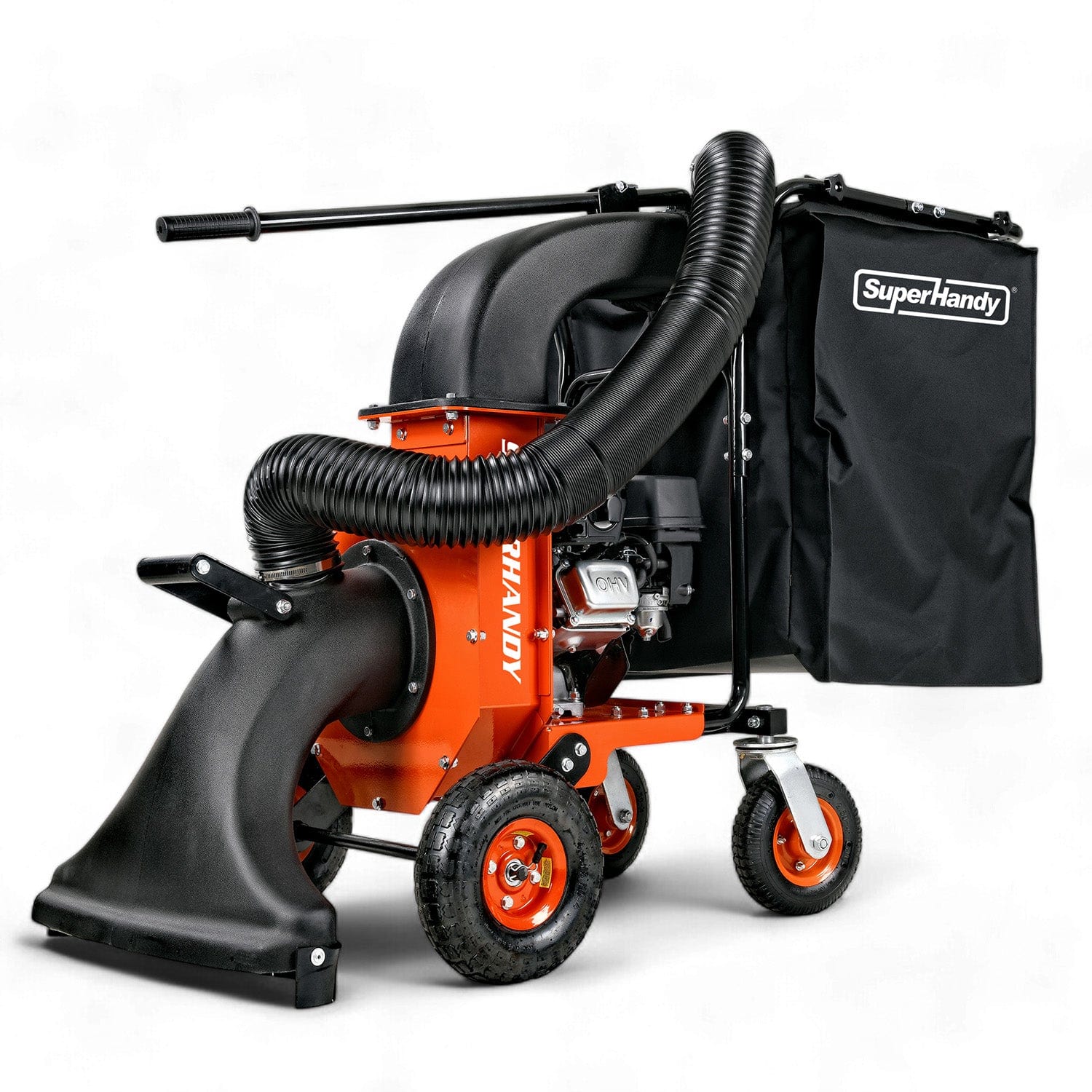
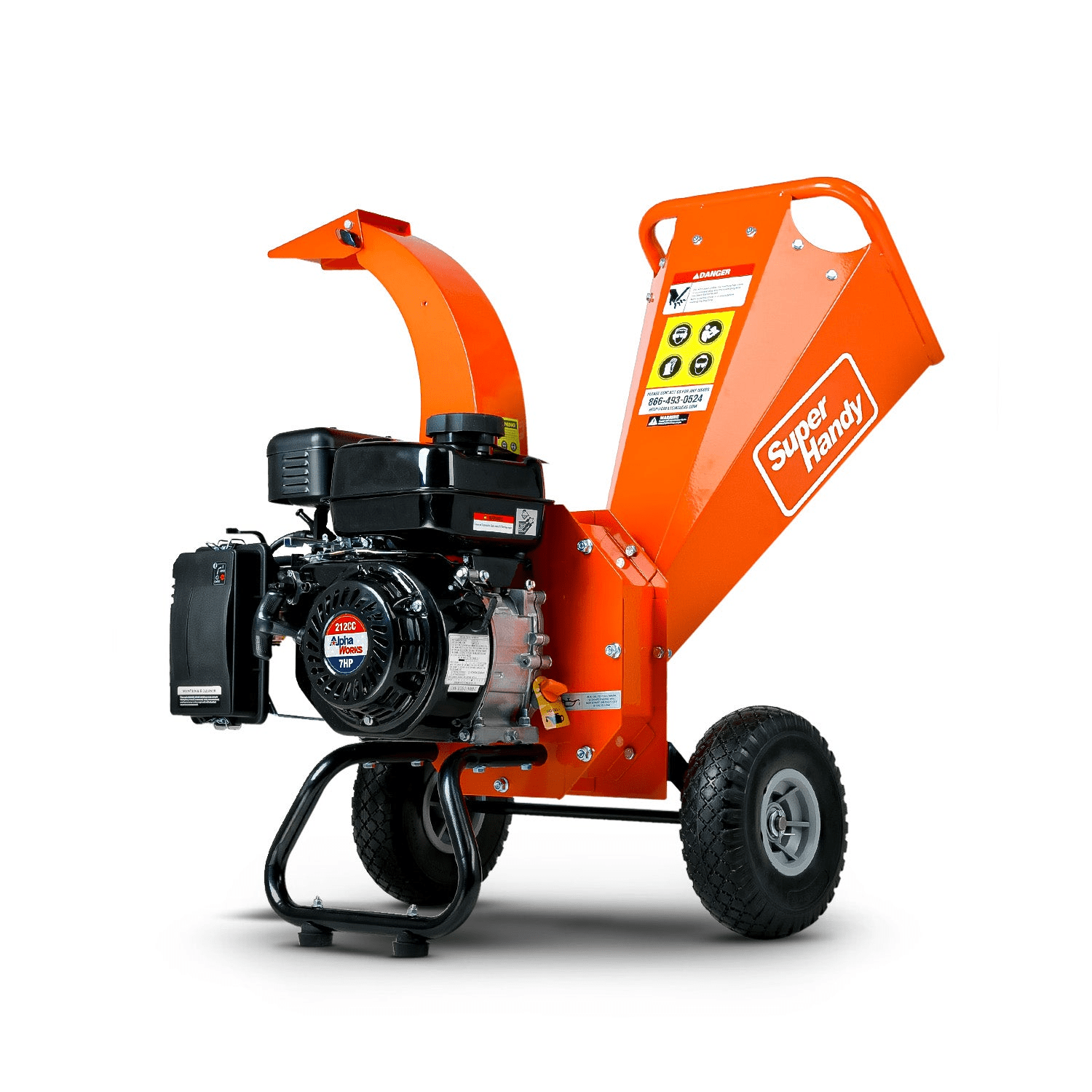
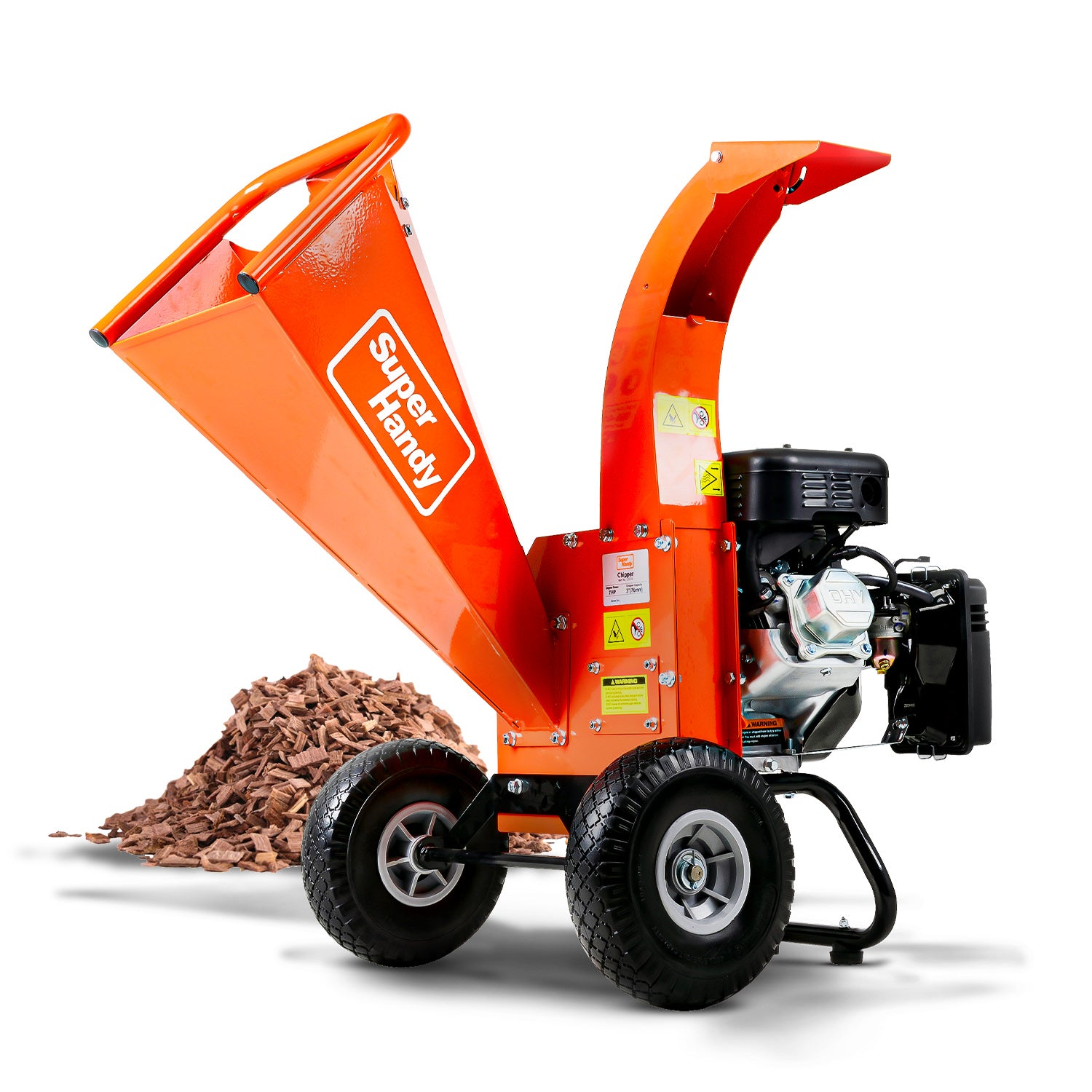
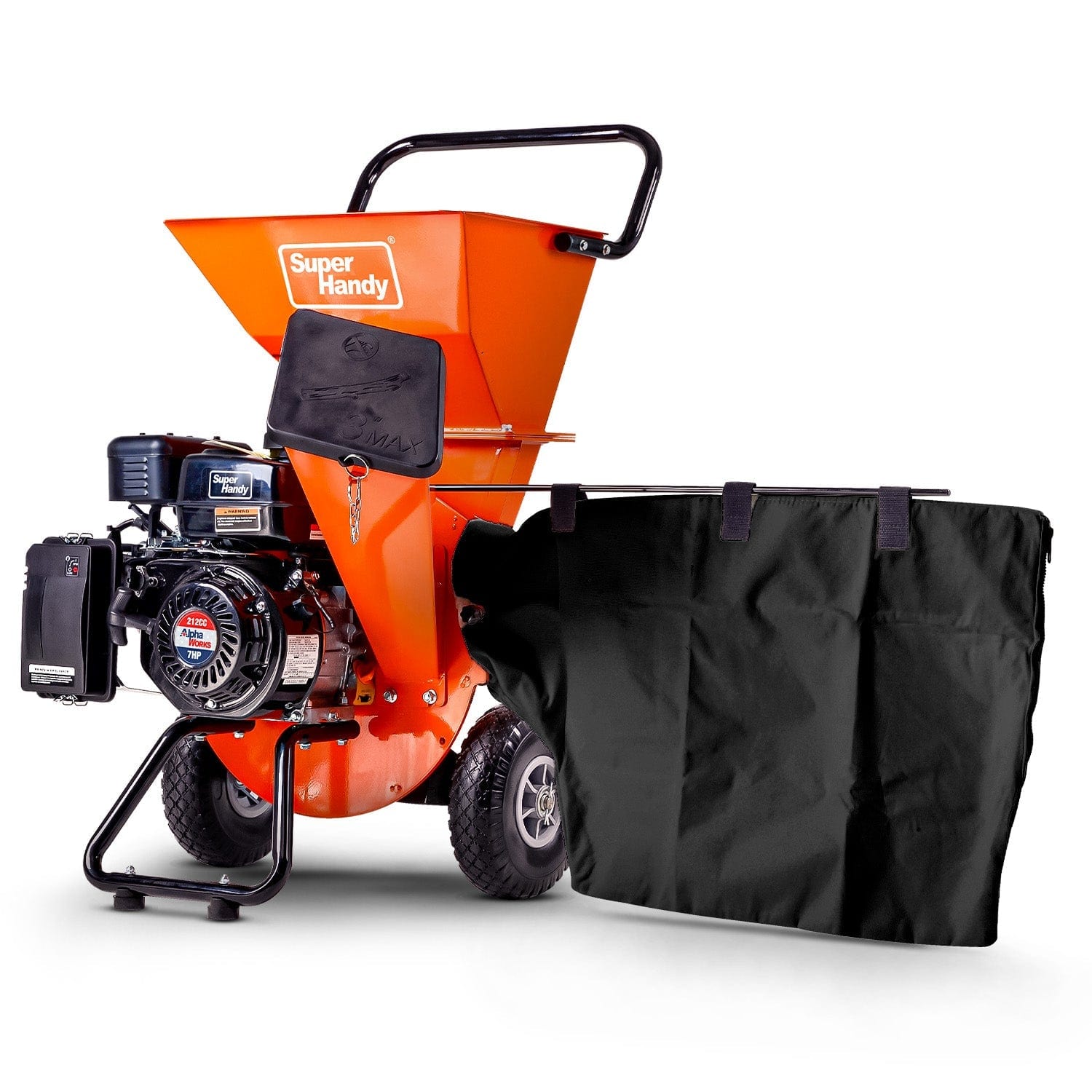
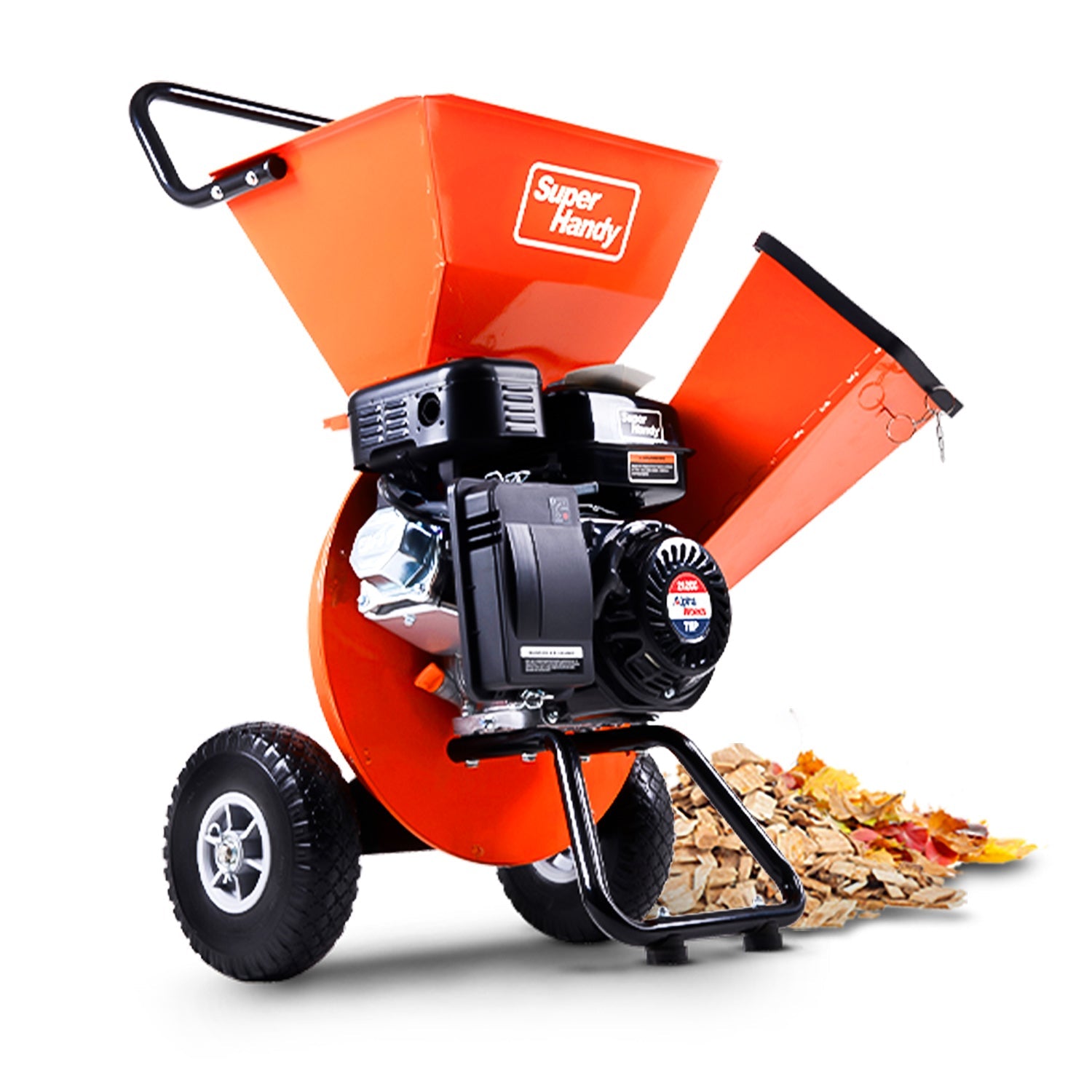
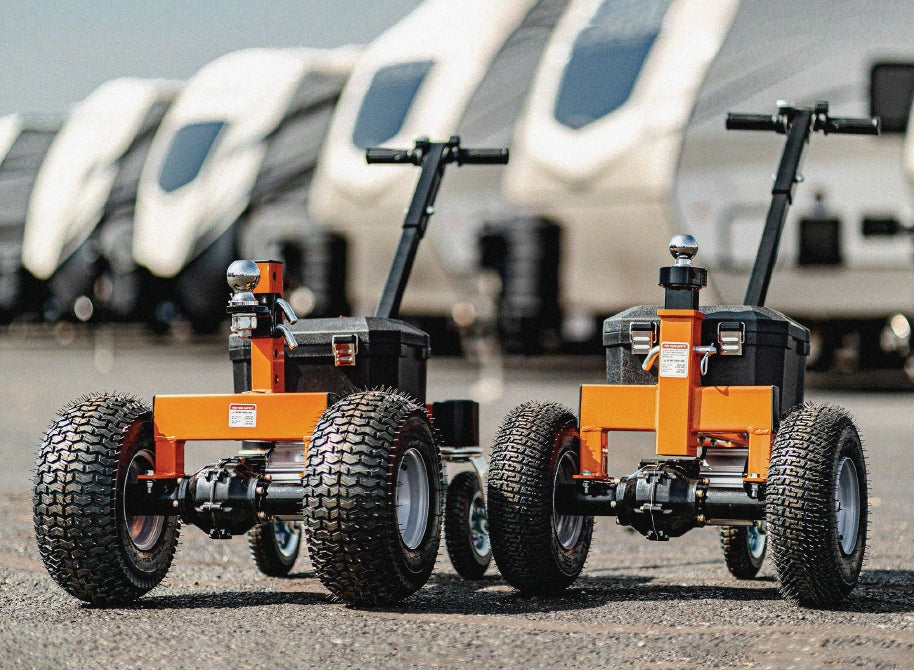

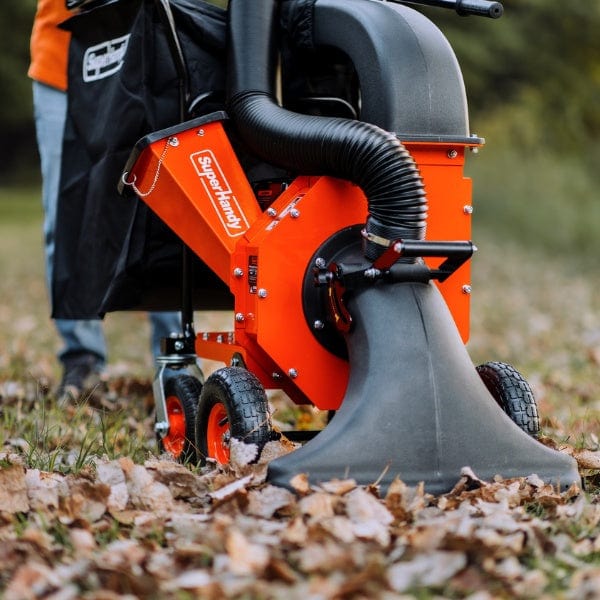
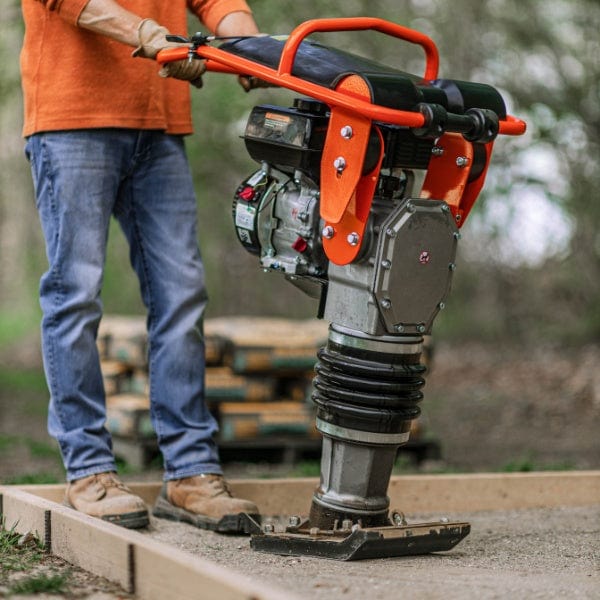
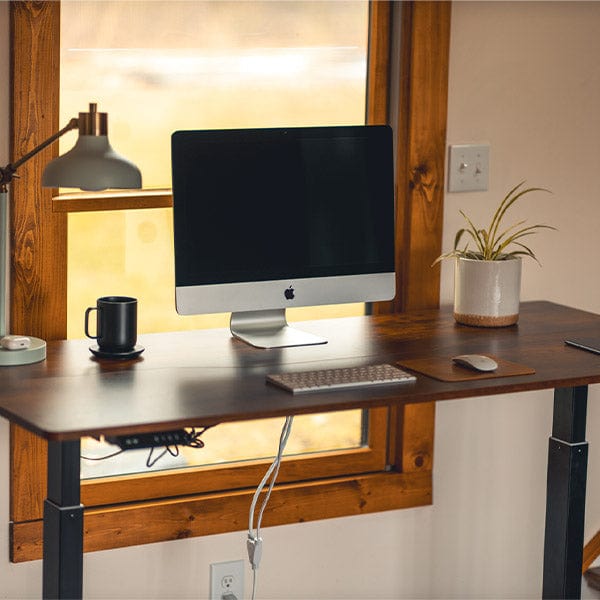
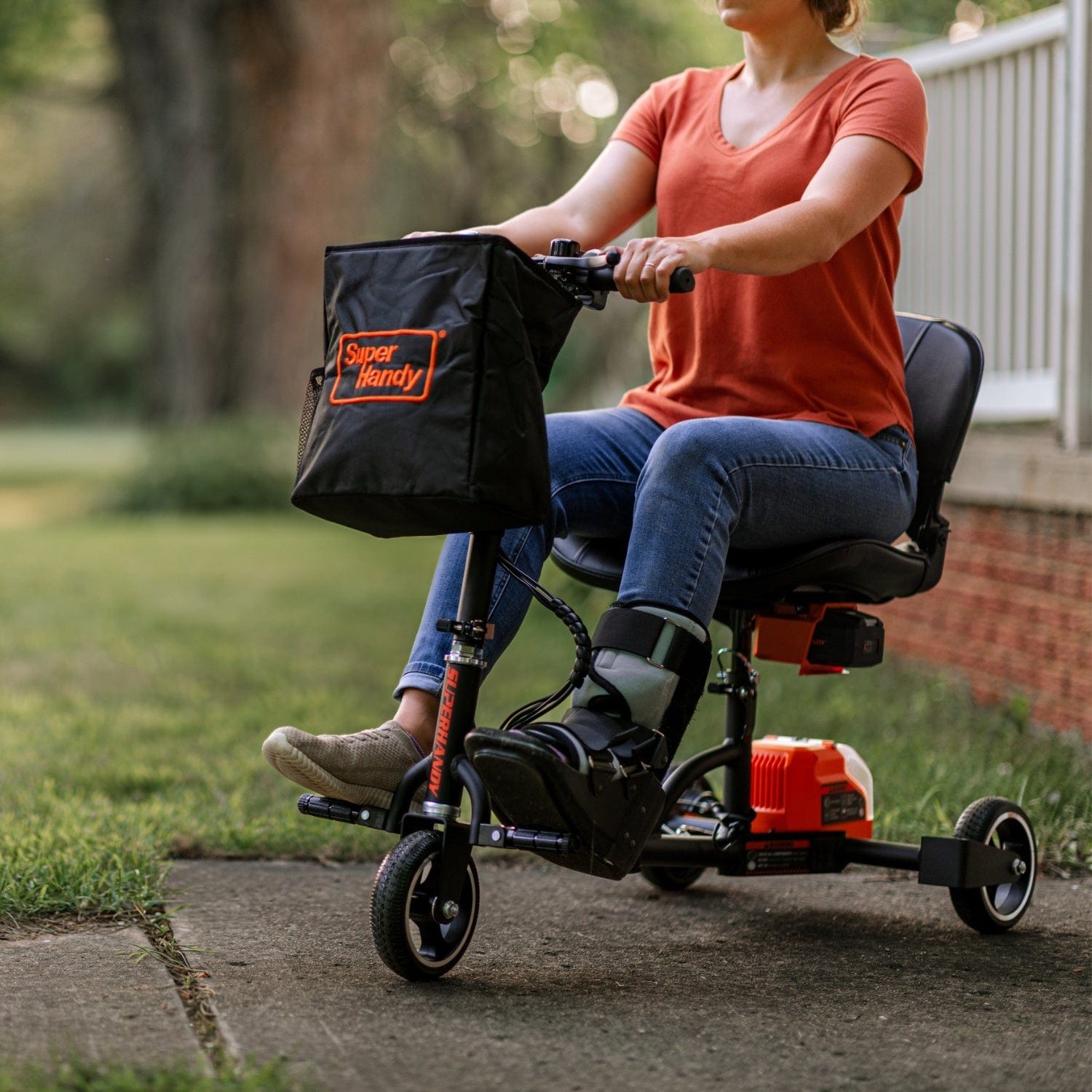
Leave a comment
All comments are moderated before being published.
This site is protected by hCaptcha and the hCaptcha Privacy Policy and Terms of Service apply.